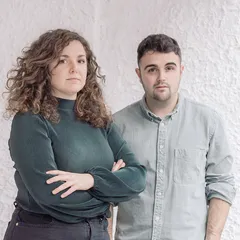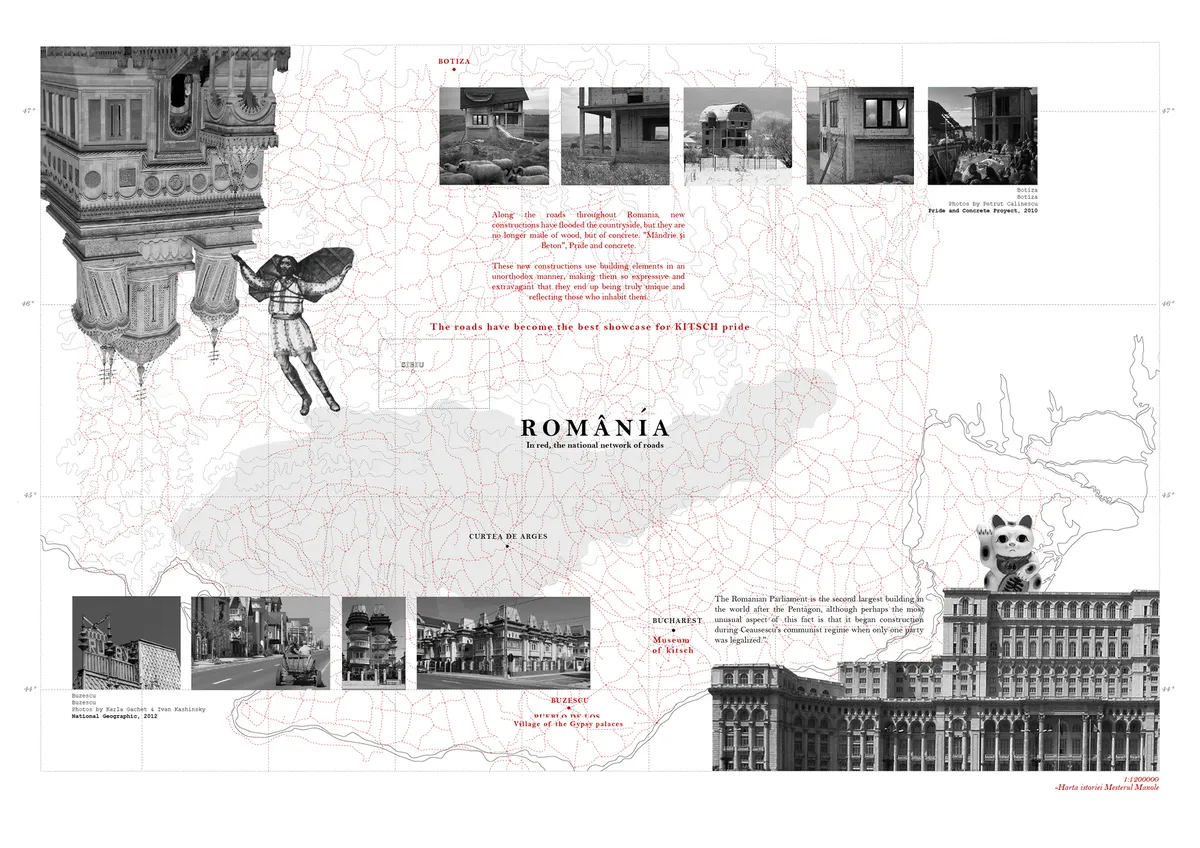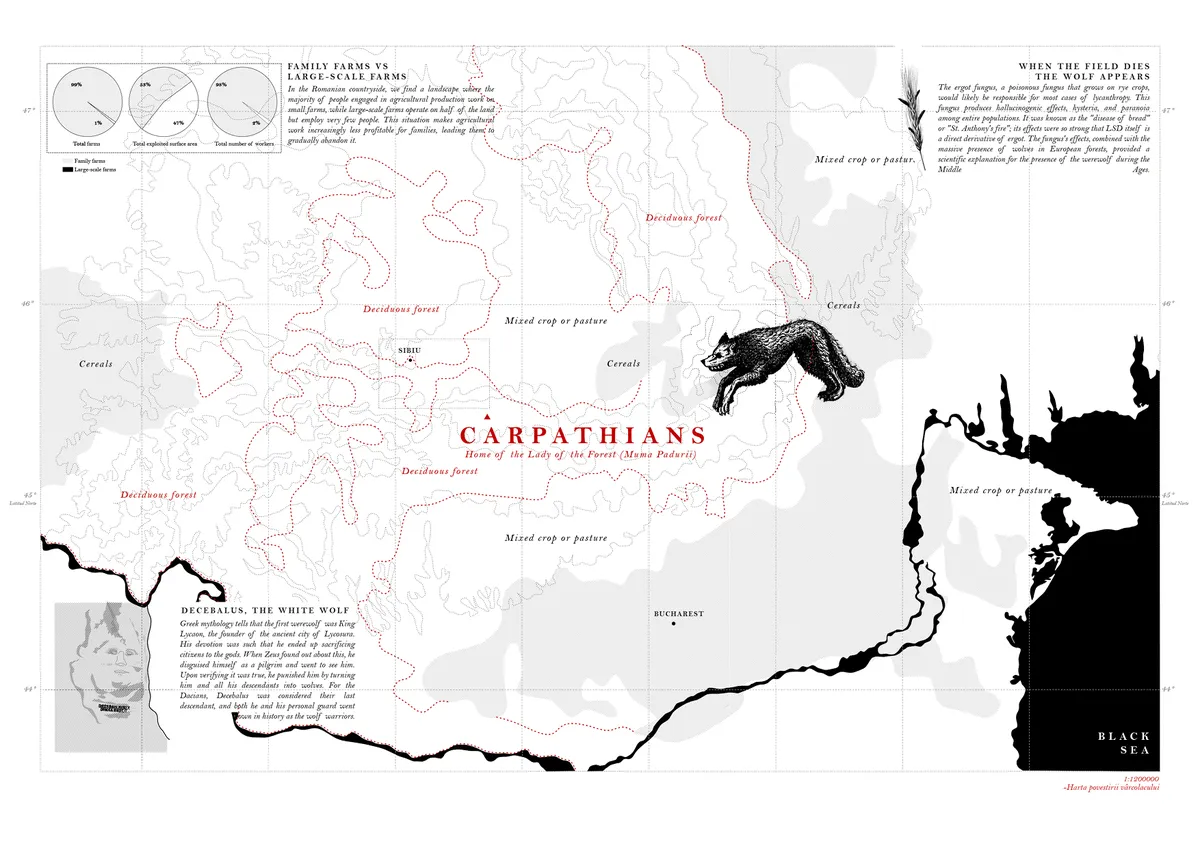
1/6

2/6

3/6

4/6

5/6

6/6

Author(s) / Team representatives
Mario Martinez Santoyo, Alba Jimenez Navas
Profession
Architect
Collective/office
Navas Santoyo atelier
Project location
Romanian countryside
Project start date
Julio 2022
Project completion date
ongoing
Photo credits
Petrut Calinescu, Karla Gachet, Mario Martinez Santoyo
Text presentation of the author/office in English
Beginning at the Technical School of Architecture in Granada in 2013, I broadened my perspective through an Erasmus+ exchange at Universitatea Politehnica Timișoara in 2015. Recognized with the Second Prize OTIS-FAyS Award in 2017 and a scholarship from the Architecture and Society Foundation. Winning the 2019 Rethinking Competition and a MArch scholarship in València followed, with my project "Twelve Pieces of Málaga" as a finalist at the 2020 ASCER Ceramics Award. I completed a MArch Postgraduate in Applied Architecture in València in 2020 and contributed to Paulo Moreira's studio in Oporto, solidifying my commitment to innovative architectural practice.
Project description in English
The rural territory of Romania has evolved into a place of significant ethnological and cultural value due to its complex history. This stands in stark contrast to the current agricultural decline resulting from decades of emigration. It has led to a generational gap between the rural population and returning urbanites, seeking an idealized countryside reminiscent of their grandparents' era. This research delves into the identity recognition of a landscape undergoing 'urban-agricultural' transformations, depicted through its mythical and mythological scenery. It highlights profound interactions between culture and territory in this rural environment, the cradle of famous superstitions and legends.
'Imaginarium: Five Cartographic Narratives Between Folklore and Physical Landscape' employs a methodological approach to graphically represent this legendary territory. These 'Imaginarium' maps associate current landscape features with legends, layering two realities: the 'legendary' imagination and contemporary rural life in Romania. They seek connections between places, characters, landscapes, and their myths, each map presenting a place redrawn by a story pivotal to understanding Transylvania's rural context.
At a scale of 1:1,200,000, the study area spans the Carpathian Mountains to the Danube River's mouth at the Black Sea, using natural borders. This framework supports precise collages of historical photographs, cartographies, engravings, and symbols superimposed on the territory, alongside spots marking the influence and origins of selected legends.
Legends construct narratives overlapping with a place's history, reflecting Romanian reality rooted in memory and legend. This drives a collection of maps linking Transylvania's mythical thought with its agricultural landscape today. The selected narratives embody key themes like myth's allure, migration, colonialism, popular imagination, and peasantry's role, contrasted with a declining agricultural landscape and tourism potential fueled by legend.
Transylvania's rural territory emerges as a cultural landscape of ethnographic value, adapting traditional identity to modern times. The architecture of Romania's rural vernacular exemplifies this, illustrating the truth that legends, in their essence, endure.



